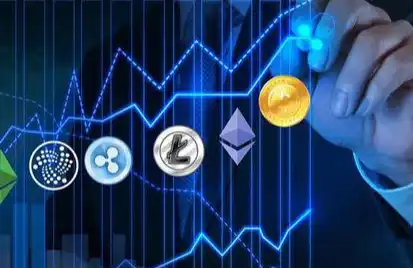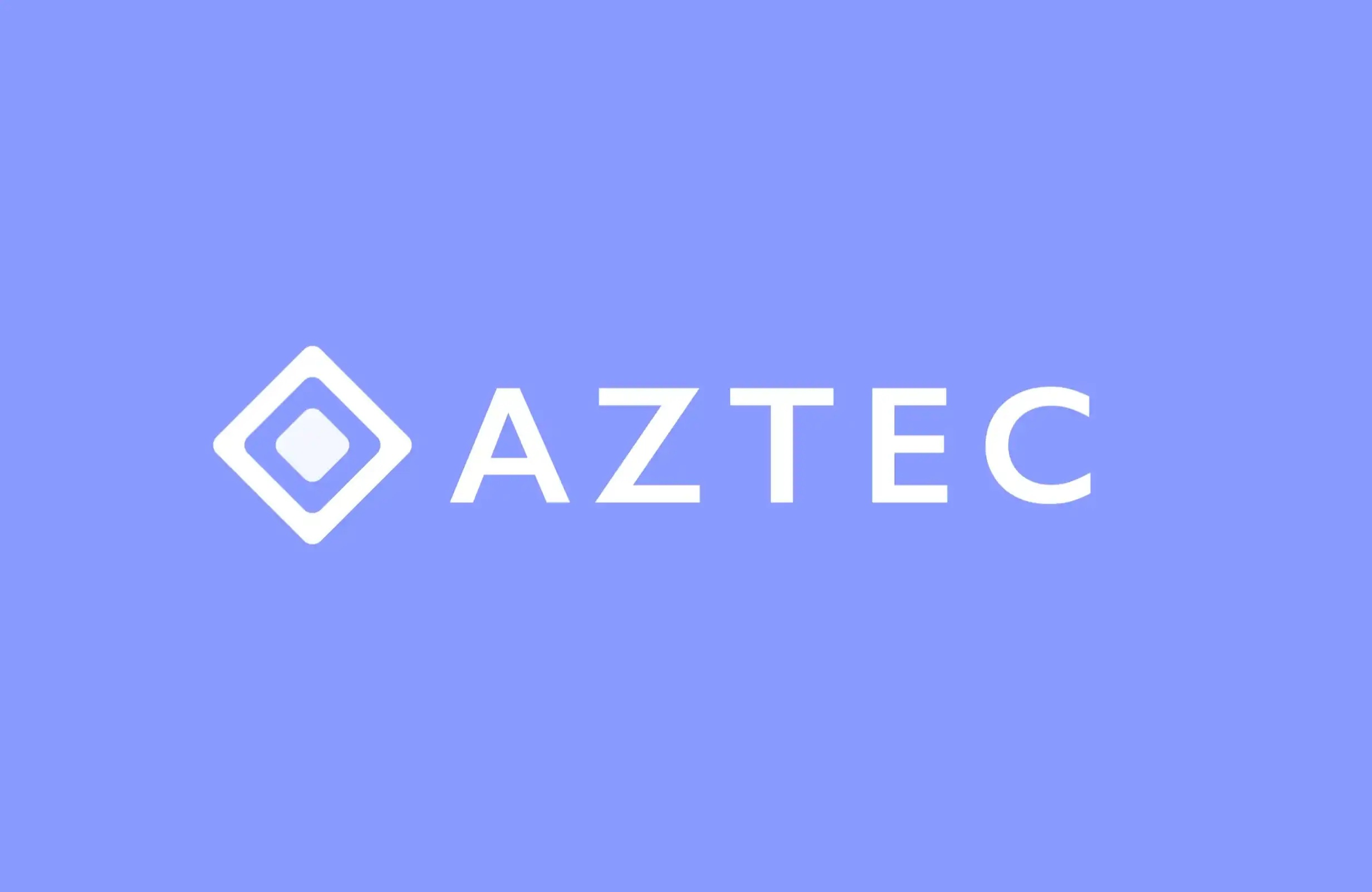LSD is just the beginning of the ETH yield product track.
Original Title: "After Shapella, a new dawn for ETH yield products"
Original Author: CHRIS POWERS
Original Translation: Kxp, BlockBeats
The Shapella upgrade of Ethereum is a pinnacle of the past decade's shift towards Proof of Stake (PoS). This upgrade allows Ethereum holders with PoS to make withdrawals. This was followed by the launch of the Beacon Chain in November 2020 and the completion of the Merge in September of last year, which also marked the official abandonment of the Proof of Stake chain.
In 2019 and 2020, DeFi on Ethereum flourished, with ETH providing over half of the total locked value during these two years. Ethereum's shift to proof of stake created new opportunities to earn Ethereum rewards.
Shortly after the launch of the beacon chain, new earning opportunities emerged - liquidity staking derivatives (LSD). Lido's stETH, Coinbase's cbETH, and Rocketpool's rETH all allow holders to directly earn Ethereum staking rewards. LSD has been growing steadily over the past two years, and its popularity is set to accelerate with the launch of Shapella's withdrawal feature.
However, these Tokens are just the beginning. The long-awaited EigenLayer protocol, which can be launched through the test network at the beginning of this month, makes it possible to obtain additional income from heavy staking on Ethereum. The protocol may significantly reduce the cost of building complex applications on Ethereum. It may also usher in a new era of re-staking tokens on Ethereum, which will redefine the core asset base of DeFi protocols.
Ethereum收益的ETF化
Translation:
ETFization of Ethereum returns
The idea of Ethereum staking tokens has received significant attention. At last month's MEVnomics.wtf online summit, Tarun Chitra, founder of Gauntlet, presented a noteworthy vision:
We will inevitably have some ETF-like concepts, where people will want different categories of ETH returns. There will be:
· The highest level of ETH yield - pure staking
· Slightly riskier but higher-yielding ETH - Staking with Oracle updates
· Higher-risk ETH yield options - data availability and oracle updates
I can imagine people fragmenting ETH and allocating it to different levels of ETH revenue risk.
This vision will be built on the basis of the widespread adoption of EigenLayer's ETH re-staking protocol. EigenLayer will allow Ethereum validators to provide additional infrastructure services in exchange for extra rewards. EigenLayer does not allow these extra rewards to be tokenized, but Ethereum has not done so for staked ETH either (which has not prevented the formation of the LSD market). A deep analysis of the LSD market (as described below) will help to illustrate how to launch re-staking products, or what Tarun calls ETH yield ETFs.
LSD: Lido's Dominant Position
When DeFi emerged as a mystery and market in 2019, it had three distinct market areas: lending, DEX, and stablecoins. LSD has solidified its position as the fourth major market in the DeFi space.

Lido (stETH) has taken an early lead and has not backed down. It has attracted dozens of well-known validator companies and focused on DeFi integration. It has also launched a Curve stable pool and provided LDO Token incentives to establish on-chain liquidity. In early 2021 and 2022, this strong on-chain liquidity helped stETH maintain a 1:1 peg with ETH, despite being only redeemable for ETH through Lido after withdrawal (expected next month).
Once the on-chain liquidity is established, Lido begins integrating stETH into lending protocols. Aave will also add it as collateral in February 2022. This has led to a popular recursive lending strategy: using stETH as collateral to borrow ETH, then using the borrowed ETH to buy more stETH - and so on. This has become a leveraged ETH collateral strategy, but during the market volatility days of Terra and 3AC crashes, stETH decoupled from ETH.
LSD: The Best Remaining Choice
· Coinbase's second largest LSD is cbETH, reflecting its second position in the stablecoin market after USDC. cbETH was launched in October 2022 and has the advantage of attracting a large number of retail and institutional investors who hold ETH on Coinbase. Just as its fiat on-ramp makes it a major player in the stablecoin market, the same is true for LSD. It also charges the highest fees (earning a return of 25%). Coinbase's biggest concern is regulation. Given the intense scrutiny Coinbase is currently facing, it's hard to imagine Mr. Gensler ignoring a token promising returns. But regulation isn't Coinbase's only problem. With Binance announcing its entry into the LSD market, the exchange lane will face even more competition, and this is also true.
· Rocket Pool is the most decentralized in the main LSD. It is also the oldest, dating back to 2016. Importantly, becoming a Rocketpool node operator does not require a license. With the Atlas upgrade released last week, node operators only need 8 ETH to join the protocol, increasing their risk of participating in the protocol (in addition to pledging RPL, they also need the remaining 24 ETH to purchase Rocket Pool's LSD-rETH).
· Frax launched its LSD (sfrxETH) in November last year. It is quite centralized, but plans to move towards a model similar to Rocket Pool in the future. Frax has gained market share through effective liquidity mining strategies and integrating it into its Frax Lend product.
In addition, there are at least six smaller LSDs (Stakewise, Ankr, Stakehound, etc.) trying to make a name for themselves in the rapidly growing market. It is difficult to find new ideas for ordinary LSDs, but EigenLayer and ETH staking will have the opportunity to win market share.

EigenLayer: The Next Iteration of ETH Yield
EigenLayer was founded by Sreeram Kannan, a professor at the University of Washington and director of the UW Blockchain Lab. Over the past few months, EigenLayer has been cited by Vitalik and other core Ethereum developers as a solution to Ethereum's most challenging problems. In addition, the company has just announced a Series A funding round of $50 million, led by Blockchain Capital.
Stanford University student Bridget Harris explained the advantages of re-collateralization well:
"Usually, developers need to innovate outside of Ethereum (and cannot utilize its validator set), or build on top of the EVM, but must choose between these constraints. These projects require active verification services (AVS) to achieve proper verification. However, establishing AVS will bring significant limitations."
"EigenLayer has proposed a solution to these problems, which is to apply the security provided by Ethereum validator sets to these modules through re-staking and free market governance, in order to achieve integrated security."
Instead of launching a network, EigenLayer will recruit Ethereum validators to run specific applications as additional services. The key is to use the ETH staked by validators to ensure that they perform tasks that earn rewards. To participate, validators must assign their ETH staking withdrawal address to EigenLayer. This will allow their ETH to be slashed if they do not act according to specific conditions agreed upon by EigenLayer governance.
Through this model, EigenLayer can serve as the "segmented network of Ethereum" to test new features before implementing the core protocol. It can also help validators reach consensus, achieve smooth MEV, or reallocate MEV profits by cutting off any validators attempting to obtain more than their fair share.
Ultimately, the core goal of EigenLayer is to motivate ETH holders to seek higher returns.
再质押 LSD
Translation:
Re-collateralize LSD
In its white paper, EigenLayer explicitly states that it has not identified LSD as a core protocol.
But we can see the future trend, creating tokenized versions based on ETH re-staking returns will become more difficult. LSD has packaged the same underlying returns from Ethereum protocol rewards, although they have also introduced additional returns from running MEV-boost. EigenLayer has envisioned hundreds of different opportunities for ETH validator returns. Making them interchangeable will indeed be a challenge.
We believe that the liquidity-rebased derivative (LRD?) collateralization will take the same form as the current LSD. EigenLayer aims to accept LSD Tokens themselves, so investors can collateralize stETH or cbETH in EigenLayer and delegate to validators running higher return services. This is a good way to integrate with existing systems and validators, but it cannot provide enough interchangeability and liquidity to interact with DeFi, requiring a new token to capture additional returns.
For those who are interested in developing liquidity re-pledge derivatives (Tokens), the most important thing is to build around the core services urgently needed for Ethereum applications: a service that is both secure and can provide high returns. After that, the focus should be on the initial formation of the LSD market. This simple formula (pioneered by Lido) is as follows:
Step 1. Recruit multiple top-notch staking companies as trusted validators.
Step 2. Launch a token that can capture revenue and establish on-chain liquidity through Curve or Balancer (Aura also helps).
Step 3. Ensure that the Token is accepted by the major lending platforms as collateral.
This may not seem complicated, but with the increasingly hostile regulatory environment towards profit-bearing tokens, this solution may become complex.
Original article link
Welcome to join the official BlockBeats community:
Telegram Subscription Group: https://t.me/theblockbeats
Telegram Discussion Group: https://t.me/BlockBeats_App
Official Twitter Account: https://twitter.com/BlockBeatsAsia


 Forum
Forum Finance
Finance
 Specials
Specials
 On-chain Eco
On-chain Eco
 Entry
Entry
 Podcasts
Podcasts
 Activities
Activities
 OPRR
OPRR








